Goats are finally having a moment on the internet and it’s not just because they’re super cute. They’re pretty weird, too. How? They frolic in little kids’ footie pajamas; they terrify unsuspecting people by screaming like humans (otherwise known as bleating); and they love to climb on top of random objects, like cows.
Want to learn more about these adorable, barnyard weirdos? Read on to learn the 10 things you don’t know about goats, but definitely should.
The Perfect Name for a Pet Goat
- 01 of 10
Goats Have Unique Accents
Credit: Pinoydiscus / Wikimedia Commons / CC BY-SA 3.0 It was previously believed that only a few mammals—humans, elephants, and dolphins—had accents. But researchers have discovered that goats, too, have unique accents. What’s more, their accents change as they age or come into contact with other crews of goats, just like when you visit your cousins from the Midwest.
02 of 10Goats Love to Stand on Stuff
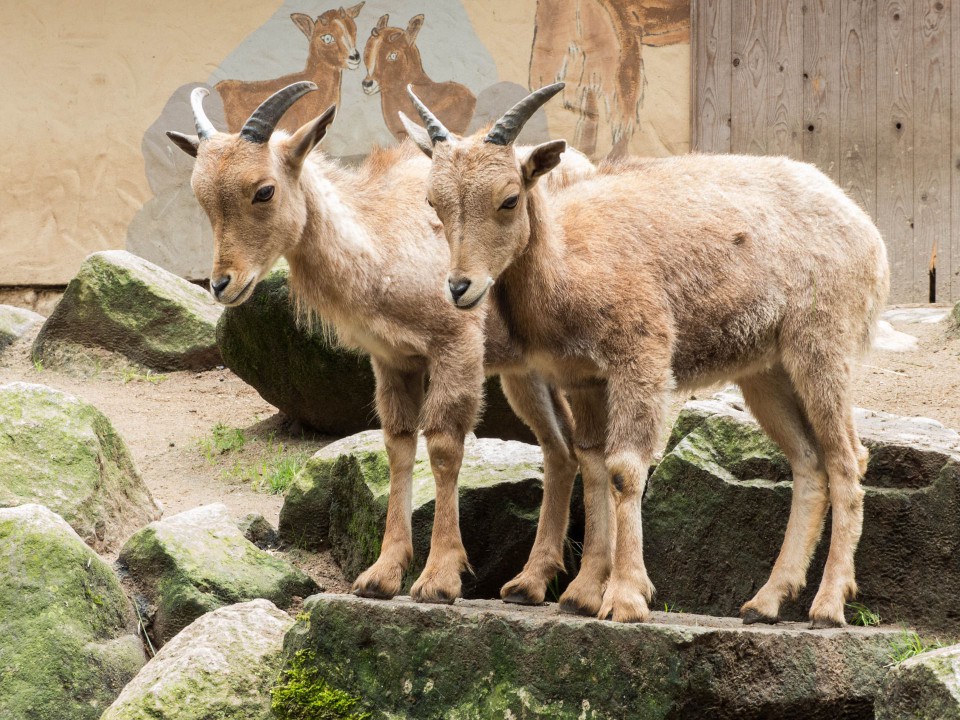
Credit: MRCat / Pixabay / CC0 Public Domain Goats have a propensity to climb on basically anything, from cows to sheds, to tree branches. Why? Domesticated goats originated from wild goats that lived in the rocky terrains of southwest Asia and Eastern Europe. Those mountain goats had to keep their balance crossing high-up cliffs and ledges—a skill that was passed down to their modern-day ancestors.
So, if you happen to see a goat standing on a horse, he's just doing what feels right... from an evolutionary standpoint.
03 of 10Goats “Faint” When They’re Scared
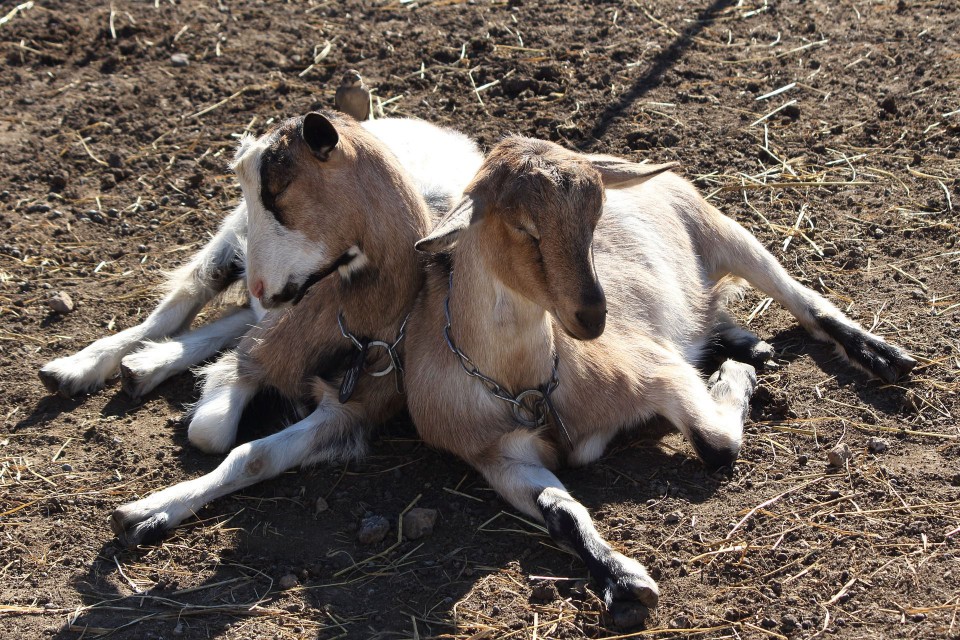
Credit: moonietunes / Pixabay / CC0 Public Domain It doesn’t seem like the life of a goat would be all that frightening—they mostly just relax, forage, climb on top of stuff and nap—but footage of goats being scared and “fainting” has been making rounds on the interwebs for years.
It turns out, this phenomenon only affects one particular type of goat, called myotonic goats or Tennessee stiff-legs, and they aren’t fainting at all. Rather, when the goats are startled, their muscles tense up and don’t relax immediately due to a condition called Thomsn’s disease.
As they get older, most goats get used to the condition. So when they’re scared, they just scurry away with super stiff legs.
The next time your great aunt sends you a video of goats fainting on Facebook, you can school her in barnyard genetics.
04 of 10They Have Amazing Vision
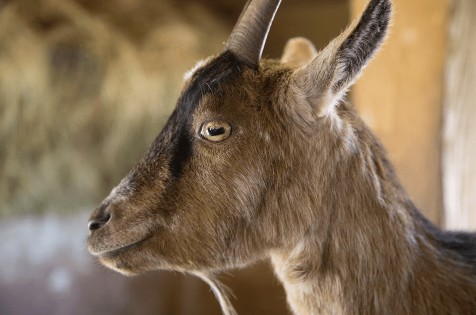
Credit: MaxPixel / CC0 Public Domain Goats’ eyes can look pretty creepy, but their horizontal pupils help protect them from predators. Unlike vertical pupils in predators like cats or snakes, goats’ horizontal pupils give them panoramic vision. That means they can see all around themselves—not just what’s in front of them.
For an animal whose only defense mechanisms are 1. running away, 2. climbing something tall or 3. pretending to faint, having 340 degrees of vision is pretty important.
Continue to 5 of 10 below05 of 10Goats Are Picky Eaters
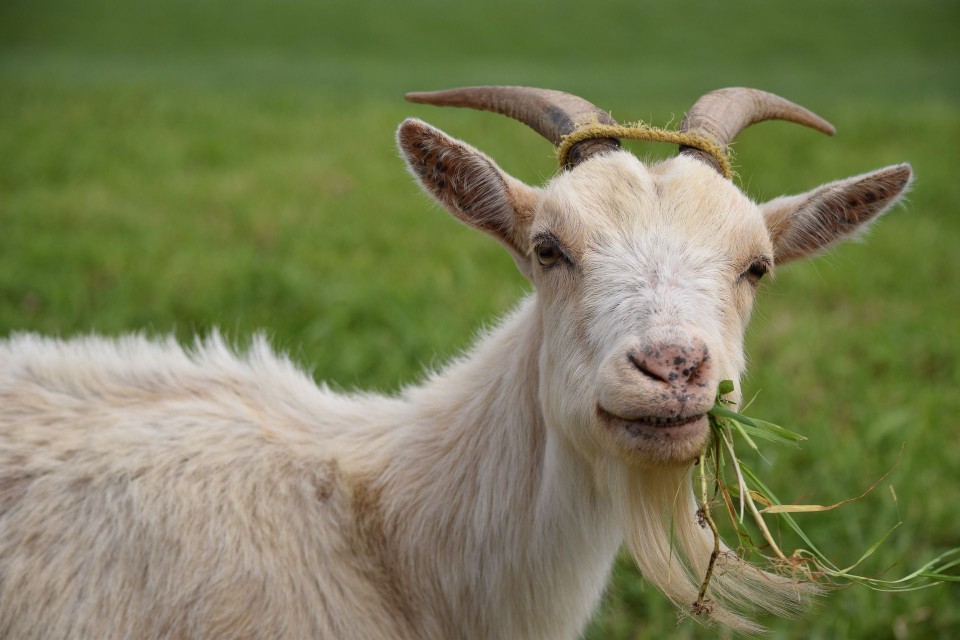
Credit: FitMum / Pixabay / CC0 Public Domain Movies and cartoons often show goats noshing on garbage, like tin cans, but they’re actually worse than chicken-finger-obsessed toddlers when it comes to mealtime. They use their hypersensitive mouths to forage for fresh hay or plants, and are rather meticulous on what type of weeds, grasses and hay they will settle on. They certainly won't just eat anything.
06 of 10Goats Burp A Lot

Credit: Scott Bauer / FreeStockPhotos / CC0 Public Domain Like cows, goats have multiple stomachs that handle the different stages of digestion. The first “stomach” is called a rumen, which can hold a whopping five gallons of plant material in a mature goat. As food is broken down in the rumen, it produces a lot of gas—it is five gallons of food, after all!—which causes our charming four-legged friends to burp and fart all the livelong day.
07 of 10Goats Can Walk Immediately After Birth
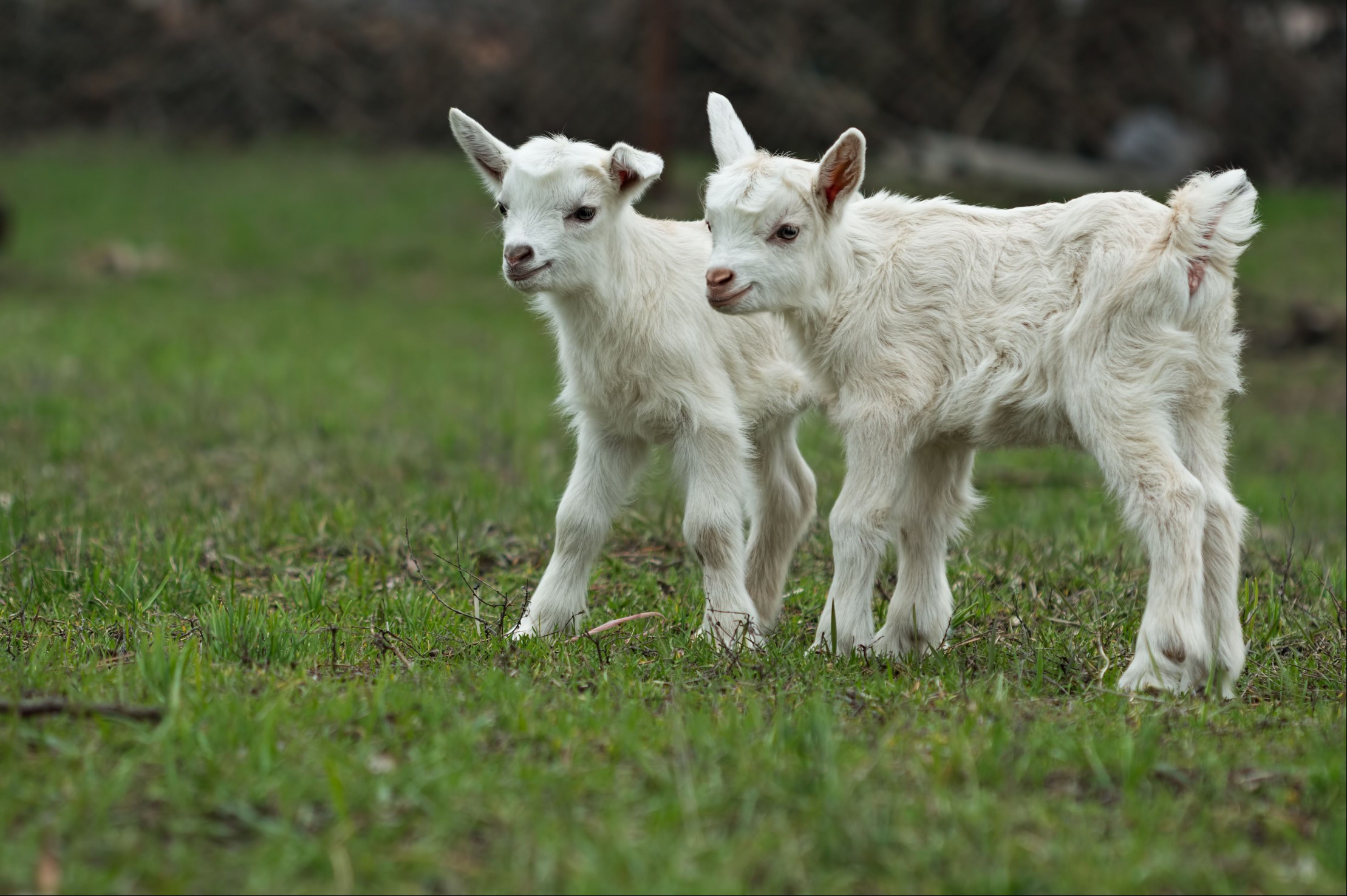
Credit: 500px / Getty Images Most human babies take between nine and 18 months to finally get it together and start walking. Baby goats, otherwise known as kids? They start walking mere moments after birth.
What’s the hold up, human babies?
08 of 10Goat's Milk is Healthier Than Cow’s Milk
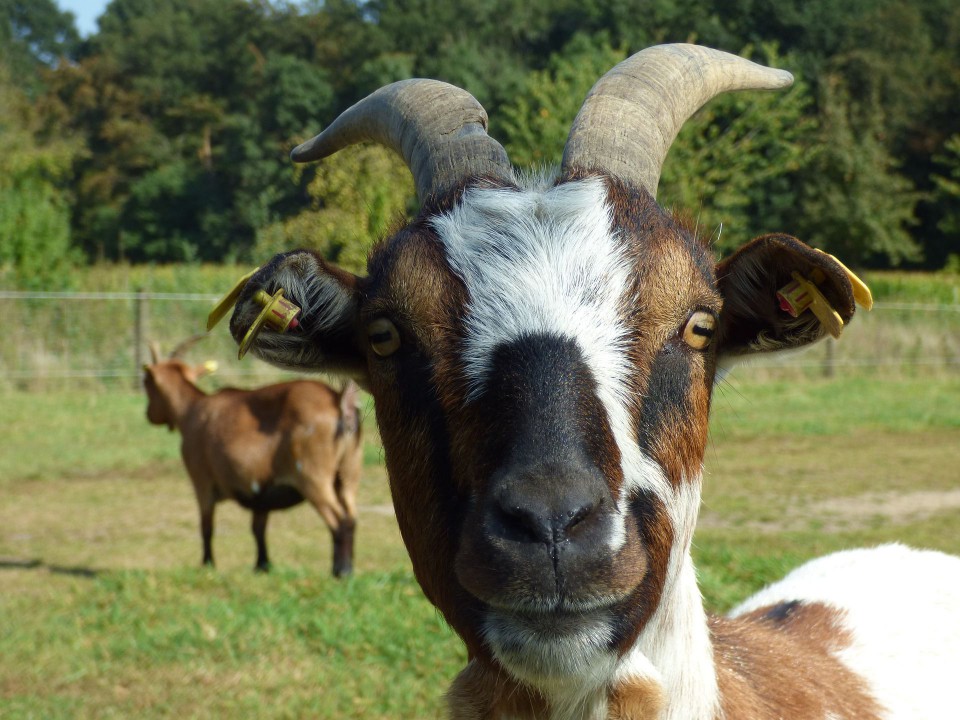
Credit: Tetzemann / Pixabay / CC0 Public Domain Swapping cow’s milk for goat’s milk can have some serious health benefits—and make you feel a lil’ extra fancy.
Goat’s milk contains properties that reduce inflammation in the body—which is believed to be the cause of many maladies especially atherogenesis and heart disease — and promotes good gut health.
Not to mention, cheese made from goat’s milk is pretty darn tasty in sandwiches, salads or even desserts.
Continue to 9 of 10 below09 of 10Goats Were Kids First
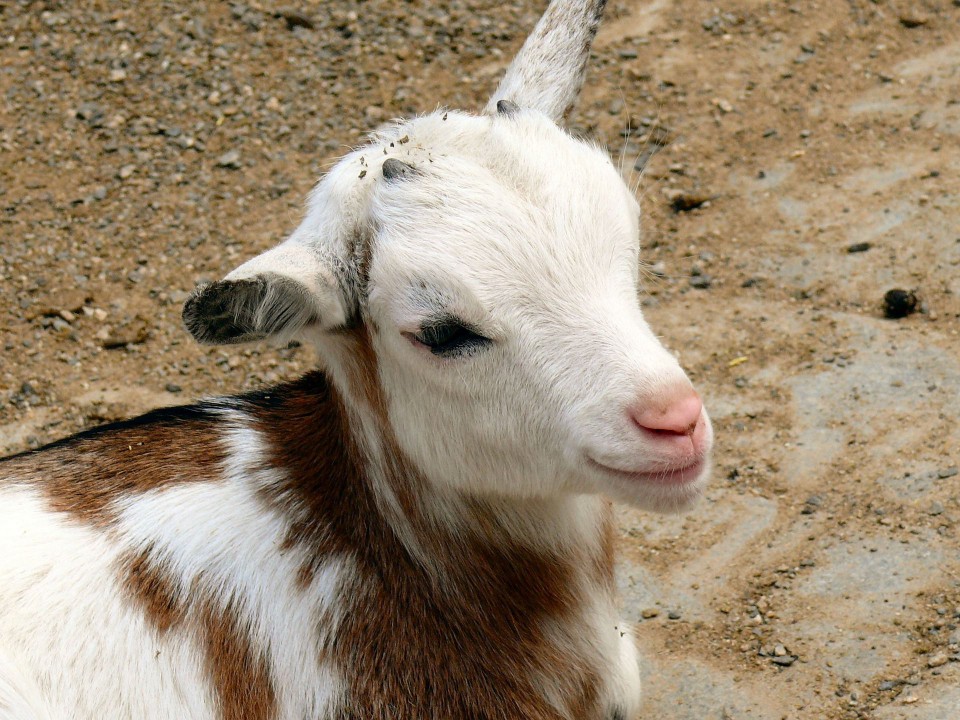
Credit: vampy24 / Pixabay / CC0 Public Domain The first instance of (human) children being referred to as “kids” was in the late 1500s, but came into wider use during the mid-1800s. Young goats, however, win this highly coveted title: They were called kids way back in the 1200s.
10 of 10Goats Scream Like Humans
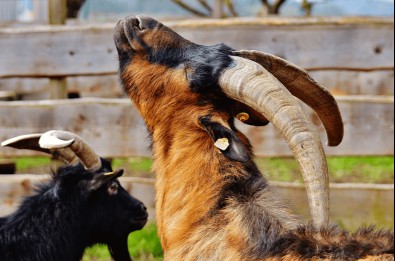
Credit: Alexas_Fotos / Pixabay / CC0 Public Domain Have you ever heard a goat bleat? Then did you feel like the bravest person alive?
Like human voices, bleating varies from goat to goat. Some goats may sound like a grown man screaming, while others may sound like human children screaming. Regardless of their pitch, volume and depth, bleating can be pretty dang scary—especially when you’re not expecting it.
class="comp sources mntl-block">




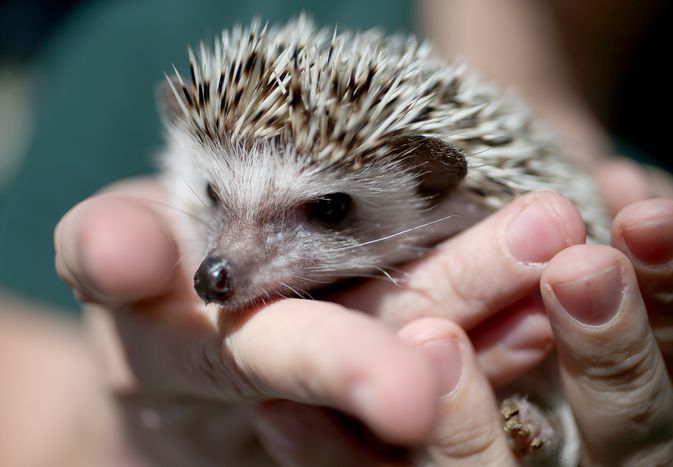
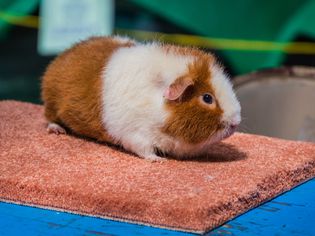



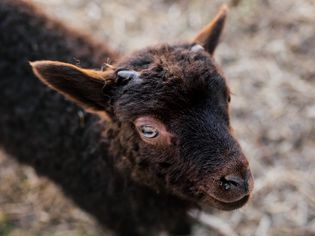
Comments on "What You Donât Know About Goats, But Should" :